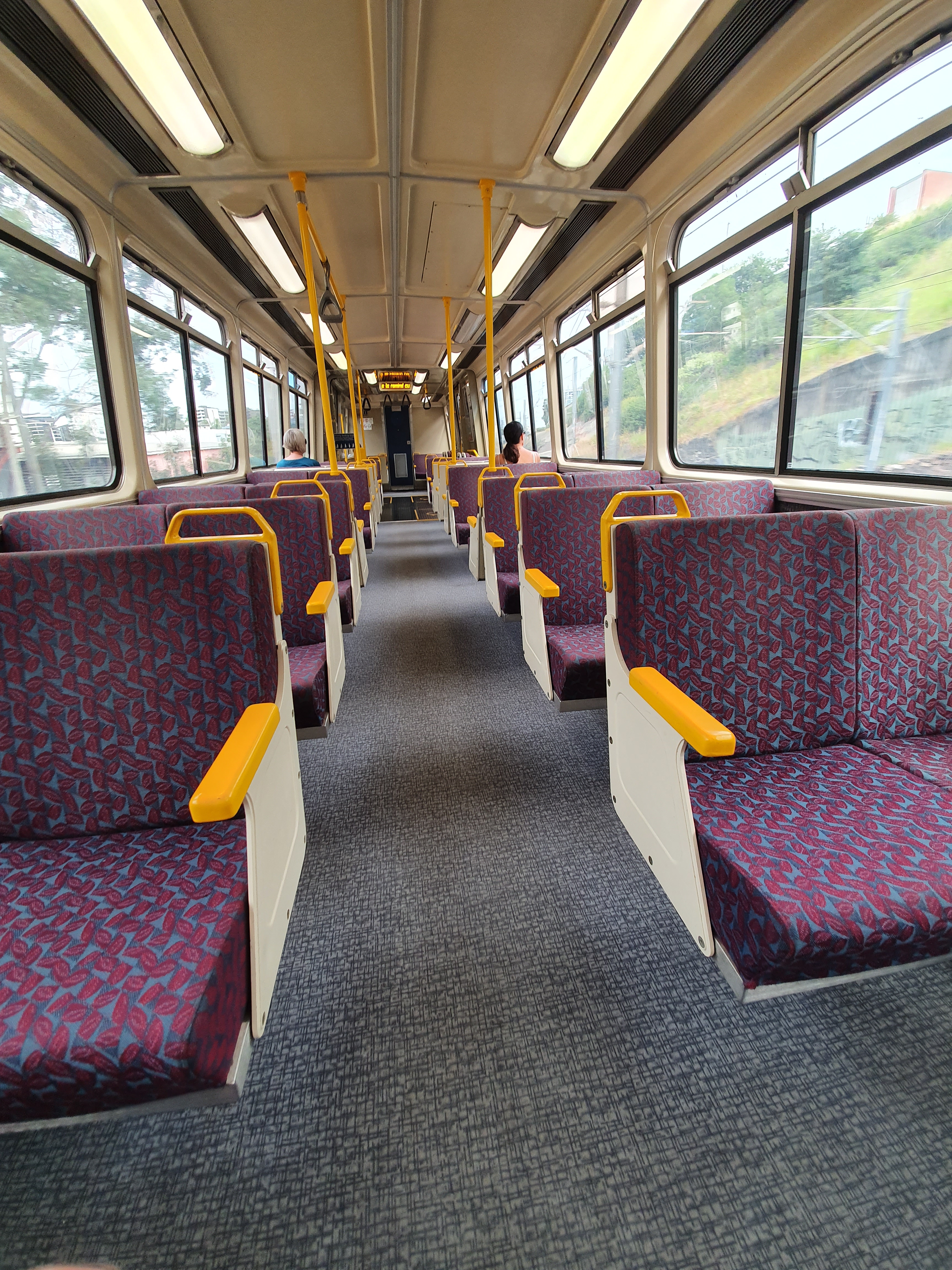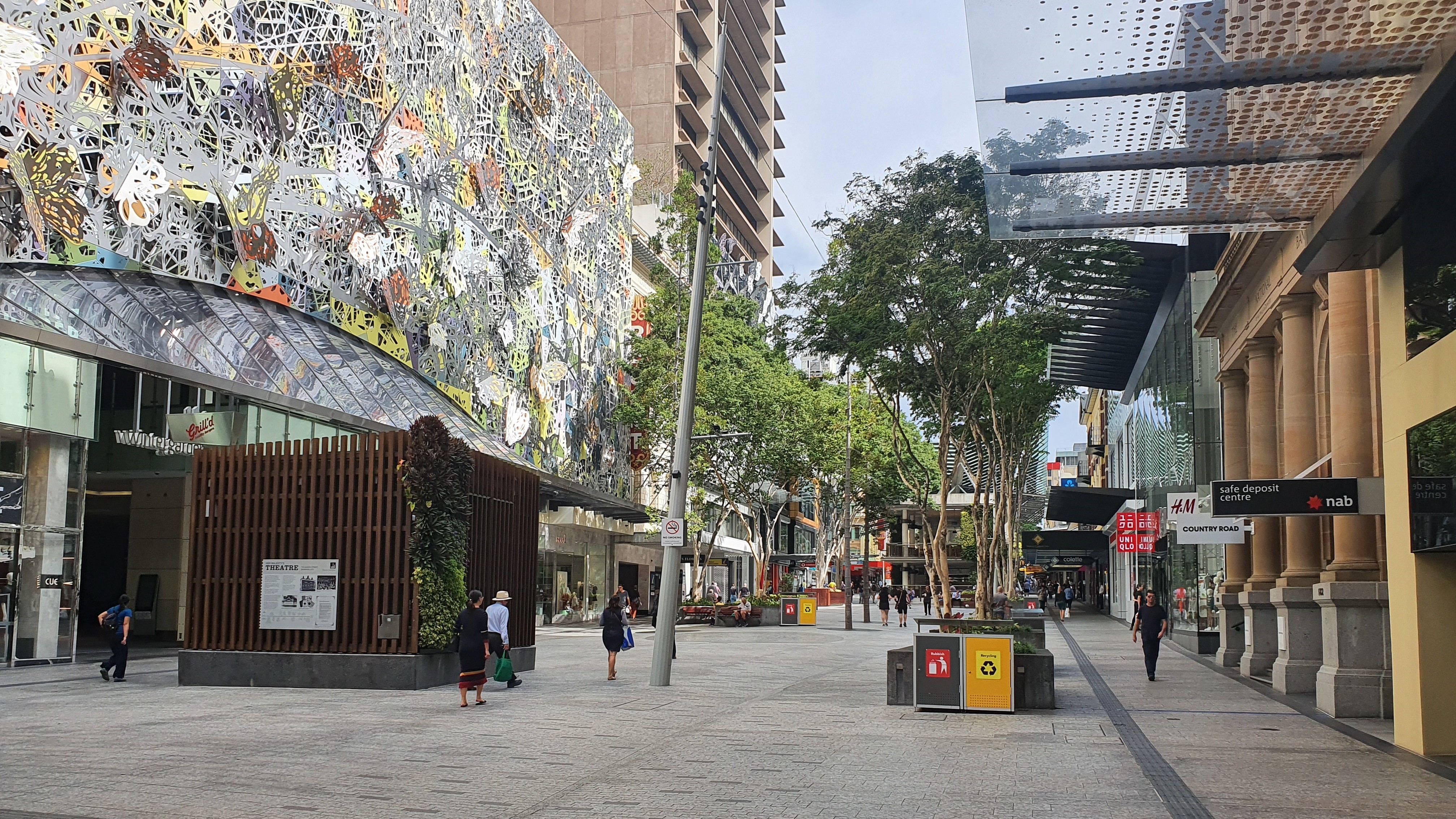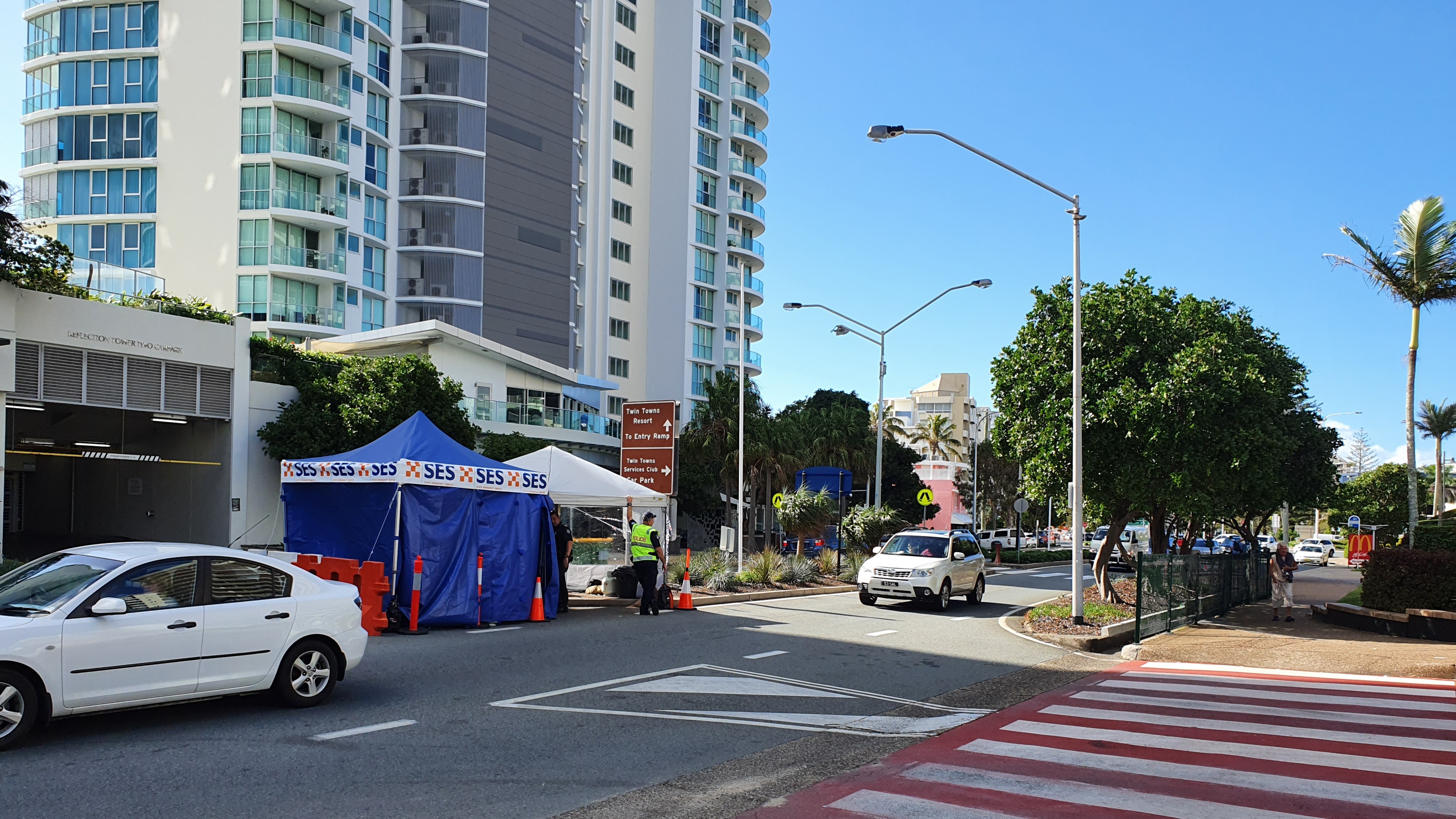
| Vol 70 | Page 9 |
Privacy Policy | Editorial Policy | Profit Policy | Join the Association | List of Members | Contact us | Index | Links
Back Go to page: 1 2 3 4 5 6 7 8 9 10 11 12 13 14 15 16 17 18 19 20 Forward
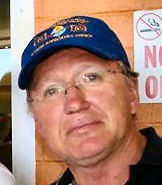
Allan George's Gems.
Contents.
Fed-Ex pilot view of the virus lock down.
NSW - Qld border restrictions.
SYNOPSIS: The late Owen McKenna was the brother of my late father-in-law. He was a RAAF pilot during WWII and wrote the following in 1987. It is an account of an RAAF dive-bombing training exercise at Bankstown (NSW) in 1943, when two aircraft collided and a wireless air gunner was killed. He was pilot of the aircraft in which the air-gunner was flying.
"Someone got hold of yesterday's Sydney Morning Herald and it passed casually from hand to hand as we lolled around in the dispersal bay watching a couple of Wimaways do circuits and bumps while our ground staff fiddled under the aircraft we'd be taking up that afternoon.
This was Bankstown aerodrome on a fine autumn morning in 1943, the air
still holding some of its dawn chill, but crisp and dewy-sweet and not a
cloud in the sky. We were pilots and wireless air-gunners of 24 Squadron
enjoying a break in the routine of
dive-bombing
exercises in preparation for a tour of operations in the north with
Vultee Vengeance dive-bombers. The Vultees hadn't amived yet and in the
meantime we flew Wimas. (Between May 1942 and Apr 1943, 400 Vengeance
aircraft were delivered to the RAAF, but they saw little combat. They
were used mainly as training aircraft.)
The skimpy sheets of the wartime Herald made fairly ho-hum reading: Final Battle Looms in Tunisia, RAF Bombers over Wilhelmshaven, heavy Spitfire losses in Darwin Air Battle, Japanese Submarines off Queensland Coast, Vic Patrick to fight Les Sloan at Rushcutters Bay Stadium. The pie-cart men had been around and we munched contentedly on the hot white pastries with a half-pint bottle of cold creamy milk on the side.
I glanced across at my wireless air gunner, fellow sergeant John (Pat) Patrick. He was munching well. We had become pretty good mates since teaming up a few weeks before at the start of the third dive-bomber course to go through Williamtown. We had flown one exercise that morning - a low-flying run down the south coast. This afternoon there was to be a dummy divebombing attack by six B Flight aircraft on Bankstown aerodrome itself. We'd be under attack on the way in by a couple of Aircobras from a detachment of the nose-wheeled fighters stationed at Bankstown for the defence of Sydney. An argument started over the likely winner of the Patrick-Sloan fight on Saturday night. Someone asked Pat if he was any relation to the boxer Vic. He said no.
Suddenly it was noon and the tender amived to take us back around the aerodrome boundary to base and lunch.
Early afternoon sunlight is slanting through the windows of the flight room as we slouch on well-worn benches waiting for final briefing. A couple of addicts are strafing the dart board in a game of 201-up. The air, heavy with tarmac smells, quivers faintly to the revving of distant engines being warmed. There is time to reflect on the likely scenario for this afternoon's war games. After take-off our six Wirraways with their two-man crews would form into two flights of arrowhead V, known in the trade as vic formation for a slow climb to 6000 feet. At that height, on the leader's signal, the wing men would close in and the two vics link into a tight line astern pattern. Tightness in formation, we’d had drummed into us at Williamtown, was of the essence of the dive-bombing contract.
Our side had learned from combat with the Luftwaffe's famed Stukas in France and other war theatres that a dive bomber distanced from its mates made easy pickings for an attacking fighter. The Stuka' s single rear gun was no match for a burst of fire from the wing guns of a Spitfire or Kittyhawk, but dive-bombers in tight packs of three, wingtip tucked behind wingtip, separated only by the few feet of clearance needed for spinning propeller blades, formed a formidable platform for what then became a battery of swivelling rear guns.
Tightness also gave great manoeuvrability. Three in vic formation could weave as one on their approach, making a difficult target for ack-ack gunners and turn steeply towards an attacking fighter in the standard air-to-air defence ploy. By contrast, wing men in a loose pattern had no chance of keeping station in a hard turning situation.
Beside me on the bench, Pat gave me a nudge. "You want to back Sloan on Saturday night?" I said no. The trouble with tight vic formation for dive-bombing was that it had to be broken up to allow planes to one by one into their follow-the-leader dive. The drill for this was to go into echelon, one of the wing men sliding down and under the other two in his vic to form a staggered line running diagonally back from the leader, usually to starboard, or echelon right.
From echelon, the leader could peel into his dive unobstructed, the wing men rolling after him like a Tivoli chorus line in one of those domino-style collapse routines. The peel-off, winging over into a half-roll, nose dropping, a feeling of weightlessness as the dive approaches the vertical, altimeter needle spinning its message 4000ft .....3000 .....2000 .....then a press of the bomb release button and a heave back on the control column. Pulling out of the dive, a leaden drag on head and shoulders, sometimes vision dimming in a brown out as G-force slows blood flow to the brain, scurrying now in a flatter, skidding 250 mph descent to the relative safety of low altitude.
On the bench, Pat turned to me again. "You sure you don't want to back Sloan?" I didn't have time to answer. Briefing was about to start.
The general idea, the briefing officer explained, was theoretically to wipe out the headquarters hut of the Bankstown administration area. As we approached Bankstown from the north--west, our rear gunners would theoretically shoot down the attacking Aircobras and our six aircraft would then dive on the base and theoretically drop bombs on the target hut with great accuracy, leaving no filing cabinet unscathed, so to speak. There was some routine detail about heights and speed and forming up after the dive --- then a surprise. We would not, the briefing officer said, switch to echelon formation before the dive, instead, we would maintain vic formation right up to peel-off.
Using his hands in the time-honoured pilot fashion, he showed how the formation leader would go into his dive by pulling up and over the wing man on his left, followed by that wing man, with the remaining one of the first vic going in last. The second three planes would follow suit.
By staying in vic right up to peel-off, so the briefing went, we would be able to maintain the defensive strength of rear guns bunched close and the time spent in echelon, when we were most vulnerable, would be eliminated. "Take-off is at 1500," the officer said. We filed out to the tender waiting to take us to dispersal, helmets in hand with headphone cords dangling coiled and loose, parachutes slung haversack-style across the shoulder. Sometimes parachutes could be left in the cockpit seat between flights, but if there was to be any maintenance carried out on the plane, with a risk of oil drips or other damage to the pack, the rule was strictly takeway and BYO.
As we climbed into the tender, I told Pat I still wasn't interested in backing Sloan.
Take off took us low over the backyards and parks of Sydney' s south-west as we formed into flights of three and swung north. To port and above, 10 o'clock high in RT' language, we spotted the slim shapes of two Aircobras on their way to an attacking rendezvous with us. Below, it was the time of day for schoolkids to start straggling home, kicking at tins and hop-skipping the footpath cracks, mums would be bringing in the washing, civilian dads would be wondering if they'd be able to get a couple of bottles for the weekend.
At 6000 ft we levelled out and, on the leader's signal, closed ranks. Our two tight formations of vic were now about five minutes flying time from Bankstown. More than likely, we were noticed briefly by a few people going about their business in Parramatta. Looking up, they would have seen a gaggle of single-engined aeroplanes stacked up like racing cars on the starting grid, a cluster of little plus signs etched black against the sky, moving with the deceptive slowness of height.
Now we are down to serious business, a Wirraway six-pack flying close enough to make out each other's fuselage rivets. For a pilot, the world has shrunk to the size of a cocoon rimmed with perspex. Nothing matters but holding position. In still air, straight and level, this is an easy enough assignment. In turbulence or steep turns, it calls for good reflexes and an occasional burst of devout, inspired blasphemy.
I am flying number three, wing man on the port flank of the leading three. From there I have a great view of the sun and the muddy-green fuselage of the leader' s aircraft, his gunner now facing rearwards in the direction of an expected Aircobra attack, crouched over his gun sight and mentally taking deflection shots at an oncoming foe. In the cockpit a few feet behind me, Pat would be a mirror copy. We are weaving, the leader signalling turns to left or right with the motion of an open hand, palm outward, face-high. Radio silence is absolute. Against the sun I glimpse a shadow swooping steeply past us, crossing our path in a diving turn and another. The Aircobras have struck. Soon they'd be back. We turn again and again.
The two planes came together in a ferocious, sliding kiss, metal screeching through metal as the airscrew blades of one sliced into the underwing and belly of the other, the bodies crunching briefly, explosively, then falling apart bruised and spent. One is crippled and smoking, its blades bent back grotesquely over the radial engine cowling, drifting away in a sick lurch; the other leaves a silvery spray of petrol from a pierced wing tank as it pulls clear, a long, jagged cut running across its underside and under-carriage housing area, upper body undamaged.
It was an eerie feeling to be suddenly alone up there, peaceful, quiet, no sensation of speed or falling. Just an awareness of mid-air isolation, nothing to reach out and touch. The horizon was back in its right place and a fair stretch of New South Wales formed the landscape. I had pulled the ripcord a few seconds after leaving the aircraft and waited for the jerk we'd been told to expect when parachute straps bit into the crutch on the opening of the pack. But there had been no jerk. No indication at all that the chute had opened. Oh, well, nothing could be expected to work perfectly all the time. I wondered whether there was any point in looking up to see if perhaps, just perhaps, the chute had opened and that there was, indeed, a silken canopy holding me after all. I did - and there was. I must have been falling head-first when it opened and taken the jerk of straps, unnoticed, on my shoulders.
From where I landed, in a space between buildings at the edge of the Bankstown parade ground, it was a journey of only a minute or two to the base hospital where I was treated for superficial injuries and put to bed. It was a small ward with just one other bed, empty. I waited for Pat to be brought in to occupy it. They told me the other plane in the collision had made a safe, wheels-up landing. That was all they knew for now.
From the hospital bed I could recall those few nightmarish moments and let fragments of vivid recent memory play themselves out against the white of the ward ceiling. It had been only a split second before impact that I realised the leader's aircraft was not in a steep turn, but peeling off into a dive. By then we had completed nearly 90 degrees of roll and were locked into disaster. Came the crunch and with it a sudden plunge from sunlight into a blizzard of white smoke spewing from an engine abruptly silenced as the blades it was driving hit steel.
I swung to see how Pat had fared and caught a glimpse of goggles and a patch of white face framed in leather, facing forward, moving. Through the goggles our eyes locked for the brief instant needed to register understanding. What had never been more that a remotely feared possibility, if thought of at all, was now reality. Surely it was always "someone else" who, in the language of the day, "bought it" or faced a leap into space in the ultimate emergency. Now it was our turn.
The smoke thinned a little and the twisted aircrew blades turned jerkily as the engine spluttered. No flames yet. The horizon was angled and low. I was partly hanging in the straps as I pulled the seat harness release pin. Exit was an ungraceful slide not the clean, leg-propelled leap intended and I found myself out of the cockpit but not free of it, held by the radio cord running from its socket to earphones zipped into their helmet pouches. I had neglected to unplug its single prong and, pulled at an angle, it held firm. Now I was held pressed against the side of the aircraft by combination of cord and slipstream, little more than an arm's length and what seemed the promise of a knock on the head from the tailplane. For several seconds I struggled and kicked and suddenly was clear, somehow missing the tailplane.
It was later that night in the hospital they told me Pat was dead. He had jumped but something had gone wrong. His unopened parachute was found a short distance from his body. On Saturday, May 1, the Sydney Morning Herald carried a brief item at the bottom of an inside page:
RAAF MAN KILLED IN CRASH
Sgt John Charles Weir Patrick, wireless air-gunner, of Newcastle, was killed when two planes collided in mid-air near Sydney during training exercises. One aircraft landed safely and the other occupant of the aircraft in which Sgt Patrick was flying parachuted to safety.
On Sunday, May 2, with Sgt Guy Main as my wireless air-gunner, I resumed flying. The log book entry records a 65-minute flight of formation dive-bombing."
--- EPILOGUE ---
"Arising from the incident I was fined five pounds for 'careless flying' and posted to 25 Squadron (Vultee Vengeance dive bombers) at Pearce where a few months later I turned 21. The following year I was commissioned and posted to fighters.
As an unnecessary reminder of that April day in Bankstown, I hold Kangaroo Club membership plaque No. 55 as an aircrew member who 'made a compulsory bale-out using a Dominion parachute.'
I have written this story as a salute to the late Sgt John Patrick, to FSgt Harry Olsen, who was my wireless air-gunner subsequently for more than a year of dive bomber flying with 25 Squadron and to all RAAF air-gunners who almost daily faced situations of risk similar to that which cost John Patrick his life."
Israeli's Phalanx Close-in
air
defence system (by Raytheon) engaging incoming missiles.
This is cutting-edge
American technology.
All very good - except it's a fake.
A video clip of rapid gunfire in the night sky has gone viral on social media with the claim that it is Israel’s latest anti-missile defence system. The video shows bright streaks of light against the night sky with the sound of gunfire in the background. There are collisions in the sky and a trail of black smoke is seen, even as burnt-out projectiles drop to the ground. The video was posted by Facebook page Military GUNS’ on September 13, 2019.
This is not an original video of any gunfire but a gaming video done with the help of computer-generated imagery (CGI). Many YouTubers have uploaded the same video with the same claim. Others have uploaded the video with a different claim. YouTube channel Public Interest News has uploaded the video with the caption, Russian anti-missile (S300 & S400) shooting down Israelis missiles in Syria.
Upon closely observing the video, one could easily make out that it is computer-generated imagery. Unlike real-life situations, the trail of black smoke vanishes too quickly in the sky. This is not a real video of Israel’s anti-missile defence system, but part of a video game.
Pity - because it looks good!
A Fed-Ex pilot’s view of the virus crisis.
“FedEx still operating close to peak internationally, but we’ve slowed severely domestically. Balances out financially, as we’re still “above the line” (reference our last quarterly earnings statement). We’ve pulled 4 “semi-retired” FedEx MD-11s out of the desert and sent them to the Pacific (where I’ve been operating for the past 2½ months). Every run we’re flying there (between Honolulu, Sydney, Guangzhou, Osaka, Narita, Singapore, Thailand, Hong Kong, etc…) are maxed out. No one else flying, so all that residual cargo is being directed our way.
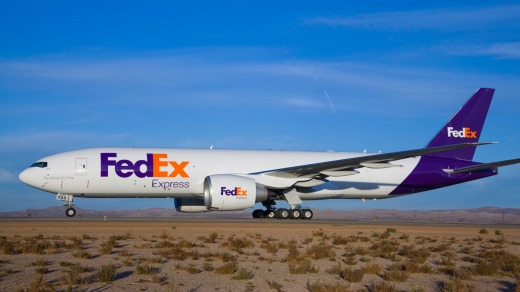
That being said, every route is nearly empty, and every airport is completely full of parked jets. A couple of examples: Flew from Osaka to Beijing during 1 segment of a trip and saw only 2 additional aircraft airborne the entire flight. During the time we fly that route (one of the busiest in the world), nearly 100+ additional aircraft are normally airborne. Silence on the radio, from the controllers, etc… most pacific airports have 1 controller that now covers regional approach, tower, and ground… ALL 3 of them. We landed in Beijing and were the only moving aircraft the entire time we taxied in, dropped our cargo, reloaded, and taxied out. Saw 2 other aircraft moving on the ground as we took off. But that was it.
Literally 600+ aircraft parked in every square inch of concrete on that airport. Beijing (and most airports like it) are down to 1 runway, with all additional being used as parking lots for aircraft. Very eerie to see it like that. Was lucky enough to have a United deadhead back from Osaka to SFO at the conclusion of one of my runs. Osaka is one of the busiest international “jump-off points” in Japan and FedEx has a great facility there. From the time I made my way from the FedEx aircraft we landed there, checked in through one of the largest customs facilities I’ve ever seen (at Osaka International), took an inter-airport train to the international terminal and finally made my way to the only 1 of 6 lounges open to await my flight’s departure (United), I only saw 2 people in the entire airport terminal.
That United flight was on a 787 and Polaris Business Class (which normally holds about 36 people) had 4 of us in it. The entire aircraft had about 40 people total… most were United employees (aircrew and attendants) repositioning back to the United States after their routes had been cancelled. This was United’s last flight between Osaka and SFO for a long while (apparently), and there were many hugs and tears with United personnel, Japan airport folks they knew, etc… And the entire United ground crew lined up in a formation to salute the aircraft as we departed… reminded me of Navy cruises when we were launching aircraft to head back to the beach after 6+ months.
Global devastation and economic impacts are very apparent as one travels as much as we do internationally. This is going to take YEARS to recover and return any semblance of “normalcy” (if that term is even relevant any longer) to many areas all over the globe. Incredible to see the lengths FedEx goes to, to keep us all healthy and protected through this mess. My hats off to our dispatchers, ground managers, and everyone on the team who’s making it happen safely for us all as regulations and customs requirements literally change day to day, flight by flight.
Have a look at the video below.
|
Will we ever see this again?
|
 |
![]()
World War II RAAF Spitfire wreckage discovered in Litchfield National Park.
On the 30th June, 1943, Flight Sergeant Colin Duncan, and his squadron (452) of Spitfires took off on a mission to intercept 48 Japanese aircraft over Darwin.
On the 8th April, 1941, 452 Squadron was the first Australian squadron to form in Britain during the Second World War, flying Supermarine Spitfires. It became operational on the 22nd May.
It operated from a series of airfields in south-eastern Britain, focusing on operations in the skies above occupied France and Belgium, where it escorted bombing raids and conducted sweeps to engage enemy aircraft. The squadron was also employed to conduct defensive patrols over Britain and the English Channel. During its first year of operations 452 Squadron established itself as one of the most successful squadrons in Fighter Command, destroying 62 enemy aircraft and damaging another 17. Its aircraft also severely damaged a German destroyer with a strafing attack mounted during the "dash" through the English Channel made by the German battlecruisers Scharnhorst, Gneisenau and Prince Eugen in February 1942.
Under orders to return to Australia, 452 Squadron withdrew from operations in Britain on the 23rd March 1942. It sailed for home on the 21st June, arrived in Melbourne on the 13th August and re-assembled at Richmond on the 6th September. The squadron began refresher training at Richmond with a motley collection of aircraft, its Spitfires having been commandeered in transit by the Royal Air Force in the Middle East.
452 Squadron returned to front-line service in January 1943. Re-equipped with Spitfires, it was based at Batchelor in the Northern Territory and joined 1 Fighter Group, defending Darwin. The squadron relocated to Strauss Airfield (Humpty Doo) in February and with the exception of a brief period in March 1943 when it was deployed to reinforce the air defences of Perth, it remained there, protecting Darwin, until 30 June 1944.
On 1 July 1944, 452 Squadron moved to Sattler (Bees Creek) in the Northern Territory. The protection of Darwin had been handed over to two Royal Air Force squadrons, allowing 452 Squadron to be employed in a ground attack role for the rest of the war. Initially, the squadron operated against targets in the Dutch East Indies from Sattler but in December 1944 it joined the 1st Tactical Air Force and relocated to Morotai in the Indies to support Australian operations in Borneo. The squadron's ground staff established themselves at the newly captured airfield on Tarakan in May 1945, but the state of the actual landing field meant that it was not fit for the squadron's aircraft to arrive there until the end of June. They began operational sorties the very next day.
The squadron's last sorties of the war were flown on the 10th August 1945 and it disbanded on the 17th November 1945.
On that fateful day in June, while attacking a Japanese bomber over Darwin, Duncan’s faulty aircraft caught fire and he was forced to leave the aircraft. The lever to open the cockpit canopy broke off and it was only after he battered it, with fire licking at his legs, that it came free. With the plane in a dive, he ejected and parachuted to the ground.
Suffering severe burns to his arm and knees, Duncan survived in the bush for days before being rescued. He had stretched his parachute over trees to provide shade from the NT blistering sun and to make it easier for the SAR people to find him. Three days after he’d parachuted from his aircraft, and existed on minimal supplies he had on his person, a fellow Spitfire pilot spotted the parachute and food drops were organised for him. A few days later, the Army arrived, on foot, to rescue him and get him back to Darwin. He was 24 years old at the time.
Colin Duncan continued flying Spitfires in the war, reaching the rank of Flight Lieutenant and was discharged in August 1945. He returned to live in Victoria where he played cricket for Victoria as well as running a successful building company. He died in 1992 from cancer, aged 73, leaving behind his wife and two daughters.
Although the battle has for decades been marked in folklore, the whereabouts of the crashed aircraft has, until now, remained a mystery. In March of 2016, the wreck of Duncan’s Spitfire was finally spotted in a remote part of the Litchfield National Park by a helicopter pilot, 73 years after the crash. The wreckage was confirmed by the RAAF and the site is now protected by the NT Heritage Act.
Seventy-six years since that fateful flight, Colin Duncan's grandson has visited the wreckage of his grandfather's plane for the first time.
The aircraft wreck is now protected under the Northern Territory Heritage Act. The remote location in Litchfield National Park, about 110 kilometres south of Darwin, means the Spitfire has remained undiscovered until recently and with the crash site immensely difficult to reach and only accessible by helicopter, the plan is to preserve the wreckage at its final resting place.
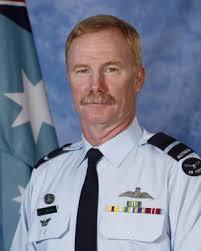
The RAAF has handed ownership of the wreckage to the Northern Territory Government in the hope it will help tell the story of Darwin's role in World War II. According to Air Commodore John Meier, the new find in the Top End outback is testament to the Darwin's often forgotten place in modern wartime history.
"We only had a few Spitfires in Australia and this one is of major significance because it was lost in the battle of Darwin," he said.
"If you compare it to Pearl Harbour, that everyone knows about, this is our Pearl Harbour and it's not particularly well known by the Australian population."
The amazing Maths inside the Rubik’s Cube.
Want to solve the puzzle? Then you have to know the numbers.
Back in 1974, Hungarian inventor and architect Erno Rubik designed the first Rubik's Cube. Ever since its release, it’s taunted almost a half billion tinkerers who think they can crack the confounding cube, only to be stymied by its maddening secrets. As we approach the Rubik’s Cube’s ruby anniversary it’s time to unpack the puzzle once and for all—with deep maths because while the cube’s literal insides may be made of plastic, its real guts are nothing but numbers.
Breaking Apart the Blocks.
Starting with some basics, a 3x3x3 Rubik’s Cube has six faces, each a
different colour. The centre of each face is attached to the core
scaffold that holds the cube together, so they don’t move other than
rotating in place. As a result, the same colours always end up opposite
each other; on a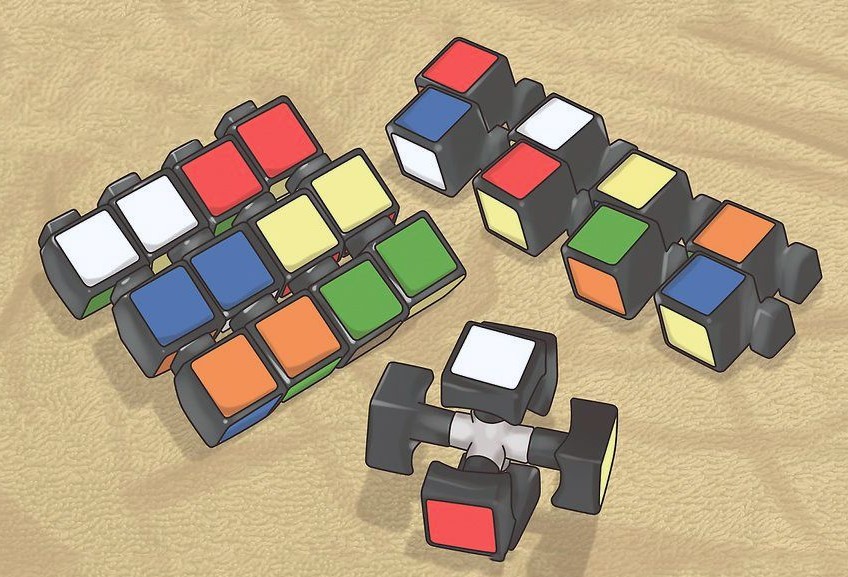 standard cube, white is opposite yellow, red opposite orange, and blue
opposite green.
standard cube, white is opposite yellow, red opposite orange, and blue
opposite green.
Bust open a Rubik’s Cube and you’ll see it’s made of three types of building blocks. First, there’s that central scaffold, connecting the centre of each face. Then there are the cubies, the nickname for the little 1x1x1 blocks. The corner cubies have three coloured sides, and the edge cubies have two. A Rubik’s Cube has one core, eight corner cubies, and 12 edge cubies.
The immediate maths to be done with those numbers is the total number of ways you can scramble a Rubik’s cube: 43,252,003,274,489,856,000.
Click HERE to see how to do it. Good luck!
Brisbane’s Queen Street Mall, at lunch time on a week day. Normally this Mall is full of people out shopping, lunching, strolling or just enjoying themselves. Corona sure changed that!
Click it for a bigger look.
After this epidemic has left us and is only a bad memory, one sight we don't want to see again is the restrictions on people entering Queensland from southern States. This was the scene on Saturday the 30 May 2020, Police were positioned on all roads leading into Qld and were stopping everyone from entering. If you didn't have an entry permit, an A4 size sheet taped to the inside of your windscreen (you got one HERE) you were turned around and sent packing. We stopped and watched for a while - the Police were very polite about it all, there was no heavy handedness about it, but the whole episode was very third world - very sad to see. Cars were piled up around past the Twin Towns Services Club and well into NSW, all patiently waiting.
Funnily enough though, we were able to walk into NSW and back into Qld again (near the Club) without being queried - as did many others. Must be the cars that carry the disease. It's going to be interesting when Clubs in NSW open and those in Qld can't - there will be a steady stream of foot traffic over the boarder for sure.
Click the pic for a bigger view.
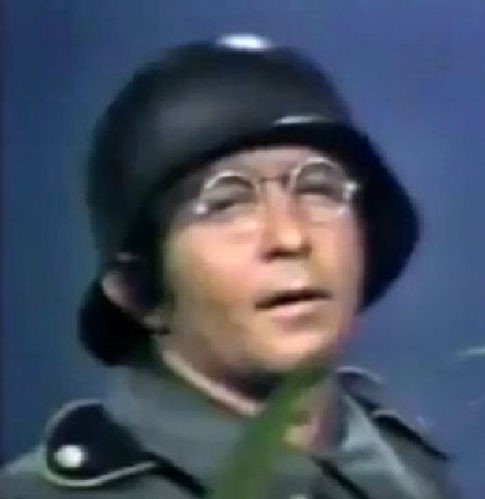
Intelesting - but stupid!!
Back Go to page: 1 2 3 4 5 6 7 8 9 10 11 12 13 14 15 16 17 18 19 20 Forward
